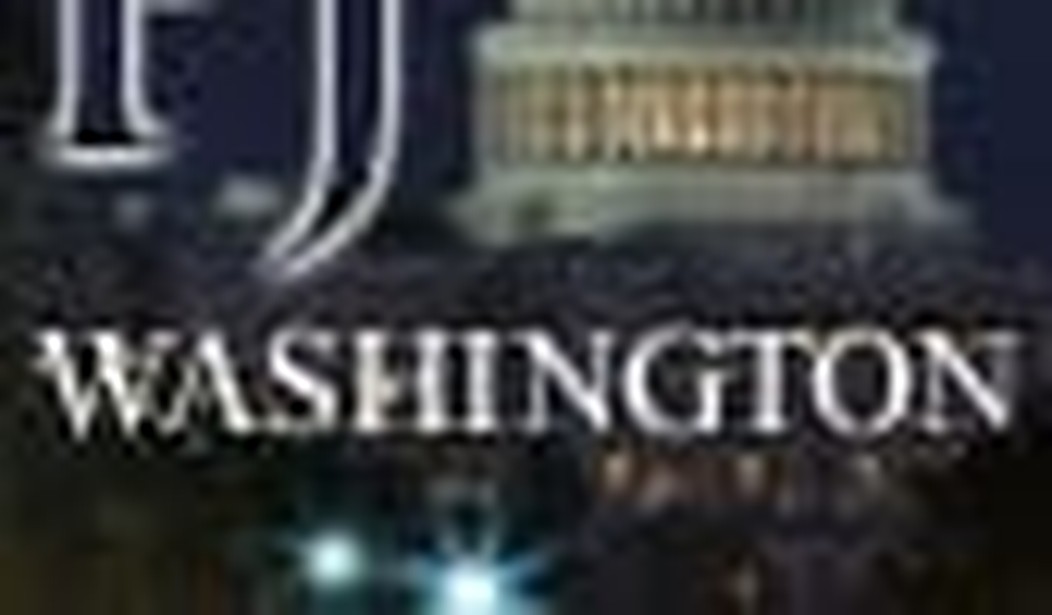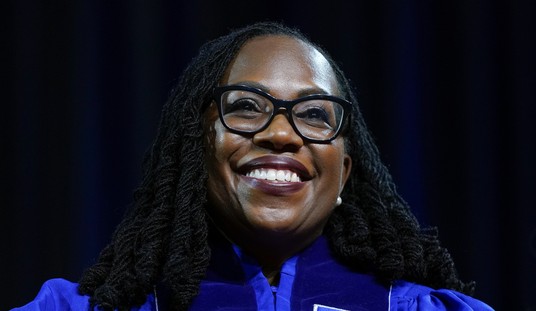WASHINGTON — The inauguration for the nation’s first African-American elected president drew the largest crowds in the history of the nation’s capital in 2009, but President Barack Obama’s second-term inauguration was scaled back with organizers lowering their turnout estimate the day before the event from less than half the 1.8 million people that gathered four years ago to between 500,000-700,000.
But it still didn’t mean there were short lines or a lack of crowds.
While Metrorail trains had plenty of room in the early morning, they soon became crowded. And the National Mall was reported as “full and closed” at 11:35 a.m., four and a half hours after opening at 7 a.m., according to the U.S. Park Police.
At the end of the day, the Washington Metro Area Transit Authority (WMATA) reported Metrorail ridership was at 695,000, which caused “heavy crowds” at all Metro stations near the mall, the U.S. Park Police said.
Businesses in the area welcomed the crowds. Eighteen restaurants held extended hours to accommodate the influx of inauguration-goers, including Carmine’s at 425 7th St. NW—a few blocks from the Inaugural parade route.
“We weren’t open in 2009, but this is fabulous for business,” said Jill Collins, Carmine’s spokeswoman. “Thousands of people are walking past our restaurant and it’s been packed all weekend.”
Collins said a lot of thinking ahead went into preparing for the day’s festivities, including arranging deliveries ahead of time before the road closures, and gearing up for security. “The Secret Service has been very accommodating,” she said. “We’ve been having briefings for weeks.”
But the thick crowds and lines combined with the crisp 33-degree temperatures got to some people. “This is poor,” said Diane Waskiew, a visitor from New York, after waiting in line to get into the parade route viewing area for more than an hour and hardly moving at all.
Small pockets of protesters were reported, from antiwar demonstrations by Code Pink and other groups to MoveOn.org, the Westboro Baptist Church, and supporters of accused WikiLeak-er Bradley Manning. One anti-abortion demonstrator was perched high in a tree along the Mall and wouldn’t come down for more than three hours.
According to a report from the Washington Examiner, event planners only budgeted for 1,500 port-a-potties for the event — 5,000 less than at the ’09 inauguration. Many businesses along the National Mall posted “no public restrooms” signs on windows and doors to discourage bathroom breaks from nonpaying customers.
Along with navigating through peddlers selling their Obama memorabilia—hats, T-shirts, lanyards, posters, buttons and even condoms—there was also a strong presence of law enforcement, whether on horseback, on foot or accompanied by canines.
Throughout the shuffle of the inaugural events, three missing children alerts were sent out to those signed up to receive emergency alerts via text from the U.S. Park Police. Fortunately, all missing children were reunited with their families, the Park Police reported.
Though people were packed tight, they all seemed to get to where they were going, which was an improvement from four years ago.
According to the National Capital Region (NCR) Office of the National Park Service, Congress appropriated $15 million to the District to cover costs associated with Obama’s ’09 inauguration preparations, which included 20,000 public safety personnel deployed to handle the crowds, as well as 8,000 law enforcement personnel from 56 different agencies to provide security. Approximately 18,000 volunteers provided “critical assistance” throughout the inauguration.
Yet, the massive crowds caused organizers to deviate from established plans and field workers on the ground often lacked updated information, which led to confusion and congestion, an NCR report said.
Due to thousands of complaints of packed crowds and even some incidents where ticketed attendees missed the ceremony due to congestion, there was a multi-agency investigation following the ’09 inauguration. The report released by the Joint Congressional Committee on Inaugural Ceremonies a few months later revealed insufficient signage, poor coordination and the sheer amount of visitors at entrance gates as the main problem.
The committee only released the summary of the report because the full report contains sensitive information.
“It is the hope that all future security planners will benefit from this report and will be better able to effectively meet the many challenges, old and new, that will emerge during the next Presidential Inauguration in 2013,” the eight-page executive summary of the report said.
This year, people had more access to information on the ground.
The Joint Congressional Committee on Inaugural Ceremonies offered signups for real-time alerts on viewing area openings and closings, missing persons, road closures, serious crimes, lookouts, and weather-related concerns from the U.S. Park Police. The WAMTA also kept people informed on changes in public transportation with real-time email and text message updates. The Presidential Inaugural Committee (PIC) also released a smartphone application, which included maps for ease of locating port-a-potties, food and beverages, first aid stations and locations for entrances and exits.
Volunteers were also organized and trained.
Kate Kramer, a 26-year-old Virginia resident, signed up to help the PIC.
“I am volunteering because I have never volunteered at a presidential inauguration before and I thought this would be a great opportunity to be involved with the last Obama inauguration,” Kramer said. “I was involved with the campaign in 2008 and I think this would be a great way to bookend my experience with the campaign.”
Kramer had to submit an application online and she received an email saying that she was selected to serve and had to undergo mandatory volunteer training sessions. One of the two sessions was at the Walter E. Washington Convention Center, where all volunteers were grouped into different teams and broken down into different areas of responsibility.
“I am responsible for visibility, which means that I will be ensuring that all attendees will have flags that they can wave,” Kramer said.












Join the conversation as a VIP Member